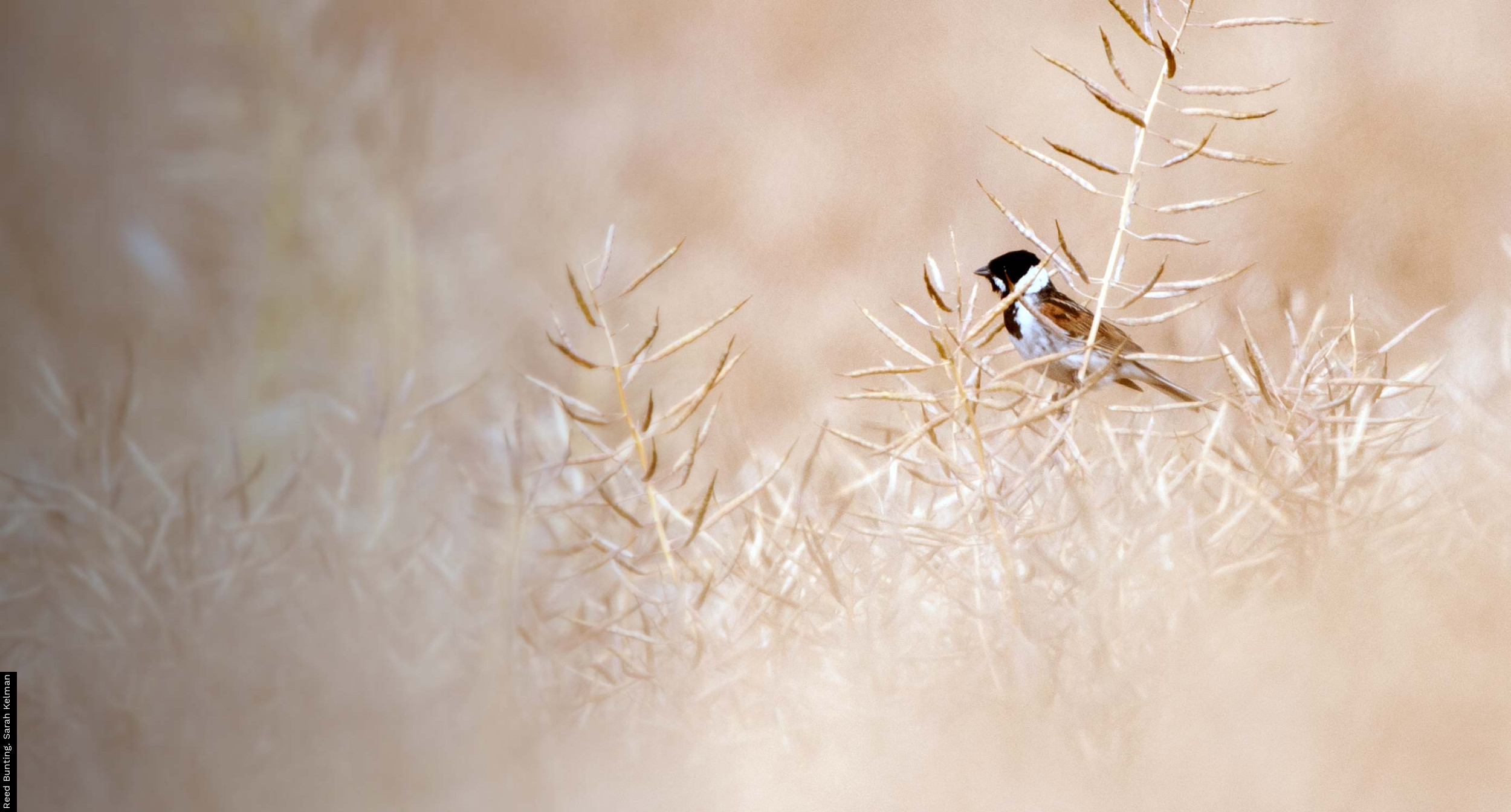In this discussion we:
- Review the latest population change measures and alerts for species that are on the Birds of Conservation Concern (BoCC5) red or amber lists for the UK for reasons of population decline (Stanbury et al. 2021) (here).
- Identify species not on the BoCC5 lists but which raise alerts on account of long-term declines and, conversely, currently listed species where recovery may be sufficient to downgrade their listing status in the future (here).
- Briefly review declines along waterways and in scrub and wetland habitats as shown by the WBS/WBBS and CES schemes (here).
- Review trends over the last 10 years in species that have shown long-term declines, to identify the extent of ongoing declines and check for any evidence of recovery (here).
- Review trends by seven different species groups to discuss common themes among the species within those groups: waterbirds; raptors, owls and raven; waders; woodland residents; woodland migrants; farmland residents; farmland migrants (here)
- Identify those species that have shown rapid long-term population increases (here).
- Discuss patterns of changes in breeding performance and relationships between trends in abundance and breeding performance (here).
- Summarise the overall patterns found (here).
Except where otherwise indicated, our discussion is based on the best long-term trend that is available for each species. This is usually a joint CBC/BBS UK trend or, if this trend could not be constructed because CBC and BBS trends were different during the period of overlap of the two schemes, a CBC/BBS England trend (see Key to species texts). A WBS/WBBS trend replaces these for certain waterway species.
Details of estimating and comparing trends are given in the Methods section. Full details of all trends available for each species are given on the Species pages. Summary tables of all alerts raised by each scheme are presented in the Summary tables.
Of course, a number of species included in the BoCC5 red and amber lists are not covered by this report, and not every species listed red or amber is in UK population decline. Thus our tables relating to birds listed red or amber do not include every species on these lists.
This report should be cited as: Massimino, D., Woodward, I.D., Hammond, M.J., Barber, L., Barimore, C., Harris, S.J., Leech, D.I., Noble, D.G., Walker, R.H., Baillie, S.R. & Robinson, R.A. (2020) BirdTrends 2020: trends in numbers, breeding success and survival for UK breeding birds. BTO Research Report 732. BTO, Thetford. www.bto.org/birdtrends





Share this page